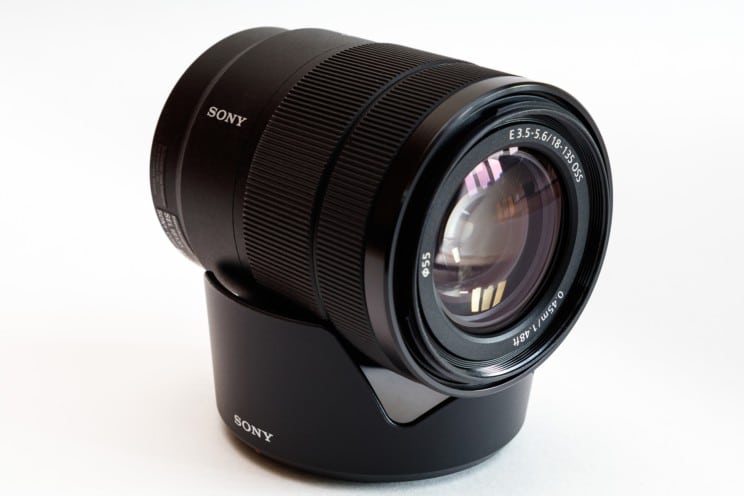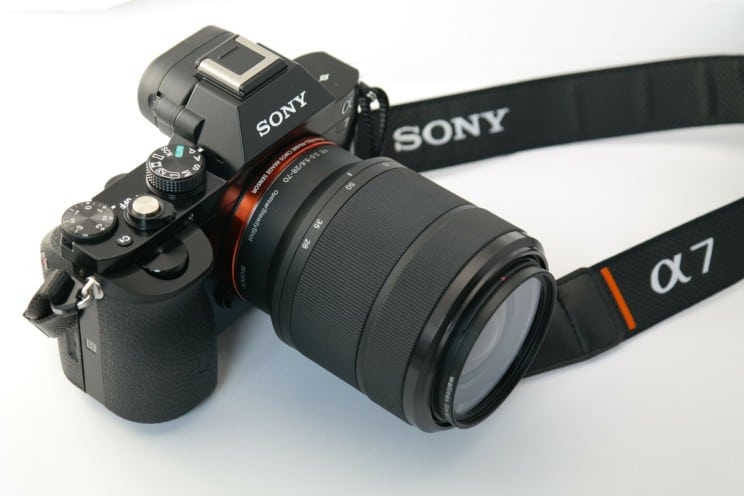Sony FE vs E Lenses – What’s The Difference?
Understanding the difference between camera lenses is essential for any photographer. All lenses are not the same, and understanding the differences makes things easier when taking photos.
What’s the Difference in Sony FE vs E Lenses

The difference between these two lenses is whether they belong on e-mount or full-frame cameras without E-Mount capabilities. Each of the lens types contributes to a different experience for users.
What Are SEL Lenses?
SEL is an abbreviation for Sony E-Mount Lenses, and this category includes multiple compatible lenses. Besides fitting Sony cameras, these lenses can also fit Hasselblad E-Mount cameras.
What Are Sony E-Mounts?
Sony E-Mount cameras belong to a class known as mirrorless interchangeable lens cameras or MILCs. Although sometimes compared to A-Mount cameras no longer in use, E-Mounts are a different type of camera.
What Are the SEL Lens Types Available?
SEL lenses involve two primary lens types, the FE and E, also known as E-Mount. Although both types of lenses are effective, they usually have different user bases.
What Does FE Stand For on Sony Lenses?
FE lenses work with cameras with full-frame sensors that are E-Mount. The Sony A7 series includes cameras of this type.
Do FE Lenses Work on Aps-C E-Mount Cameras?
Yes, you can use these lenses on APS-C cameras; however, because this model is a crop sensor camera, you must remember that a crop is applied.
An E-Mount APS-C camera has a 1.5x crop factor. For example, 20mm FE lenses have a 30mm focal length.
What Are E Lenses?
E lenses work with APS-C cameras, including Sony α6100, Sony α6400, and Sony α6600.

One of the most significant differences between E and FE lenses is that most E lenses are for cameras geared towards hobbyists.
The cameras that use E lenses are less likely to require complete weather sealing and similar components that are more expensive and more likely to be used in professional settings.
Are FE or E Lenses Better Quality?
Sony’s lens lines for full-frame cameras offer the highest potential and quality, much like their Canon and Nikon counterparts. Of the two types of lenses, the FE will have a higher quality overall.
The best Sony lenses are in the G and GM series. These series’ lenses are among some of the models that are the most in-demand among professional photographers.
Am I Better Buying FE or E Lenses?
There are pros and cons for each lens type to consider. Both offer superior quality, but everyone has different needs when they are shooting photos.

FE lenses are the most popular with professionals and usually boast a higher quality. One of the things that many photographers appreciate about these lenses is their long-term durability.
In most cases, E lenses are more affordable for beginner or hobbyist photographers. These lenses are great for wide-angle shots, being more affordable than FE lenses.
Regardless of the lens that you choose, proper care is necessary. Whether you take adequate care of the lens may impact its durability and lifespan.
Will an E Lens Work With E-Mount Cameras Like the Sony A7?
An E lens for an APS-C will work on full-frame cameras, too. Sony A7 cameras are examples of models that will work with these lenses.
One of the things that photographers must remember when using this lens with a full-frame camera is that crop mode is necessary. One of these cameras will compensate for the kens automatically.
Your full-frame sensor will lack full capabilities when you use these settings. The image quality is best with an FE lens if using a full-frame camera.
What Does Crop Factor on a Sony E Lens Mean?
One thing that is easy to remember is the crop factor, regardless of which of these lenses are what you use. Both have a crop factor of 1.5X.






